No Fixed Abode: Plate Tectonics of the Prestige Drift

It’s June, which means it’s the time of year for my son to visit his grandfather in South Carolina and spend a week at golf camp. Sometimes I have to spend the week working, sometimes I spent it traveling, and sometimes I get to spend it hanging out with my dad and his friends.
Most of them are cast from the same group of molds: either self-made or with only minor family advantages, a long history of executive positions or highly remunerative small business ownership, more millions left in the bank than they have years left in the tank. They’re not interested in art or literature, they have a casual and hilarious disrespect for modern social ideas, they maintain a sort of gruff good humor about everything from heart attacks to coastal hurricanes. We will not see their like again, which is kind of a shame.
Yesterday one of them came over to say hello, meet the grandchildren, and to ask me a couple of questions about his next vehicle purchase. I long ago figured out that these fellows don’t necessarily want my authentic opinion regarding the merits of the SL65 or the Continental GT. Rather, they want me to nod approvingly at whatever they’ve already decided to buy, at which point we can have a nice lunch and engage in some mutual appreciation of our good fortune in life, regardless of how unevenly said fortune is distributed.
This fellow was different. He came prepared: with notes, impressions, questions. He had hard financial limits in mind, which is vanishingly rare among a class of Baby Boomers who no longer bother to count pennies or Krugerrands. Most importantly, he gave me something to think about long after he’d left.
…plus the Ford Explorer.
“I see a few of them in the neighborhood,” he said, “and they seem pretty decent.”
I explained to him that the most competitive Explorer leases tended to be on the mid-tier models, as opposed to the fully-loaded SUV he’d want in order to duplicate the feature set of his Benz. That seemed to satisfy him and we continued down the list. Afterwards, he told a few stories about some business arrangements he’d had with various auto dealers over the years, including “a really great Chevy dealer” down the street.
“Do you still have a contact at that dealer?” I asked.
“Oh, sure,” he replied.
“In that case,” I suggested, “you might want to wander over there and take a look at the Chevrolet Traverse Premier. It would offer a pretty similar feature set to an MDX or RX350, and your dealer might be able to work out something really competitive.” He was silent for a moment, then his face crinkled in a smile.
“I’m sure what you say is right, but… People on this plantation don’t like to ask what you did for a living before you retired, but they do like to judge on appearances. I don’t think that I could get away with driving a Chevrolet.” I had to laugh with him, both for the frank truth behind the statement and the forthright way in which he expressed himself. It wasn’t until after Alan had left that my brother said,
“Isn’t it interesting that he was willing to consider a Ford — that he even suggested it himself — but he couldn’t bear the idea of a Chevrolet?”
“Interesting, yeah, but not surprising,” was my verdict. After all, wasn’t Alan just saying something out loud that almost everybody in this business knows but won’t say? Fifty years ago, the domestic automakers would frequently refer to the “low-priced three” in advertising and marketing materials. James Cobb at the Times resurrected the concept twenty years ago in one of his reviews, and at that point it was still fairly apt.
Things changed after that. Plymouth got the axe, while Chevrolet and Ford managed to effectively swallow the brands immediately above them in their corporate hierarchies. They made large public investments in traditional sedans while quietly moving production volume to half-ton trucks and beefing up their unibody crossover lineups. With a few exceptions — Corvette, Raptor, Suburban for a while — they fielded lineups which were effectively mirror images.
It would be difficult to make a case for Chevrolet having a notably stronger lineup than Ford or vice versa. Yet Chevy has struggled to maintain brand equity while Ford has effortlessly waltzed into the position of America’s most prestigious mainstream automotive brand. I’m not sure how they did it. The only major difference I see is that Ford hasn’t bothered to protect Lincoln very much in previous years, particularly on the truck side. There are no fewer than three hyper-premium F-150 variants — Platinum, King Ranch, and Limited — while until recently Chevrolet wouldn’t let you go any higher than LTZ, saving the good stuff for Cadillac and GMC. Maybe that was it. Maybe it was the fact, rarely confronted directly in the auto press outside your humble author’s work, that Ford was selling German small cars while Chevy was selling Korean small cars.
You might have your own theories on the subject, just as valid as mine, if not more so. The key takeaway, however, has to be this: Automotive brand prestige was once a matter of power, performance, and durability. After the Second World War, the marketing and advertising became scientific enough to ensure that brand prestige was determined via the media.
None of that works any more. Today, brand image is slippery and hard to fix in place, like mercury or the value of a Bitcoin. It ebbs and flows on social media and celebrity involvement. It can be manipulated through a tie-in with the Kardashians or destroyed through vague slanderous blog-whispering the way that would-be Instagram competitor Vero was destroyed by oh-so-convenient allusions of sexism and racism that just happened to receive major play in media sources that had already invested heavily in the current order of things.
Most of all, brand image is fragile now, more than ever before. The old generations, the people who are living in 7,000-square-foot plantation McMansions now, grew up as “Ford men” or “Chevy men” or even “Toyota men.” Those preferences persisted through decades. We are on Internet time now. Today’s Ford fanatic is tomorrow’s Subaru loyalist. It’s not good news. It means that more and more effort has to be diverted from engineering and testing to marketing and social media. It damages the product even as it tries to save it. It is nothing more or less than the way we live now.
Worst of all, most of us can’t even be honest with ourselves, or others, about it. In that respect, at least, we still have something to learn from our parents and grandparents. That, and a strong handshake, which might not be in style in Brooklyn but is definitely still de rigeur on the plantation. If it’s okay with you, I’m going to stop typing for a while. Ow.
[Image: General Motors]

More by Jack Baruth
Latest Car Reviews
Read moreLatest Product Reviews
Read moreRecent Comments
- MaintenanceCosts Depends on the record of the company developing them. If it’s got a record of prioritizing safety over years of development, I’ll be fine with it, and I’ll expect it to be less risky than typical idiot human drivers. If it’s a “move fast and break sh!t” outfit like Tesla or Uber, no way.
- Kwik_Shift_Pro4X No thanks. You'll never convince me that anybody needs this.
- Kwik_Shift_Pro4X I'd rather do the driving.
- SCE to AUX EVs are a financial gamble for any mfr, but half-hearted commitment will guarantee losses.BTW, if there were actual, imminent government EV mandates, no mfr could make a statement about "listening to their customers".
- Zachary How much is the 1984 oldmobile (281)8613817

















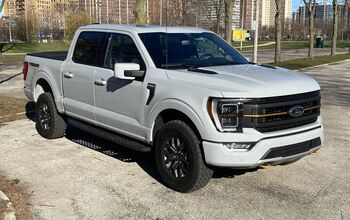


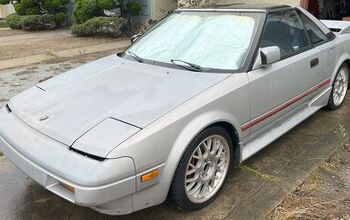


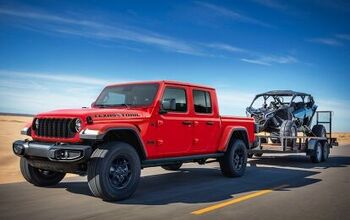

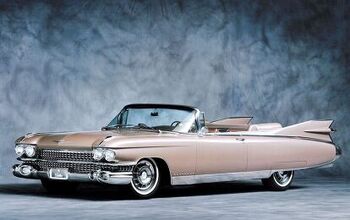
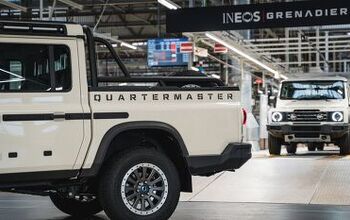
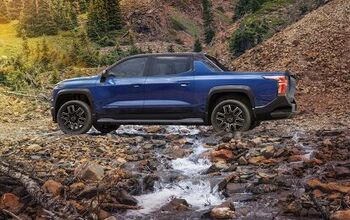


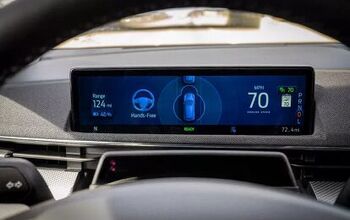

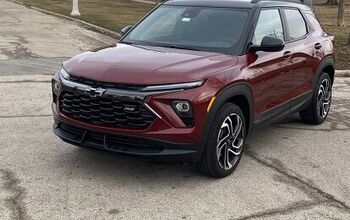

Comments
Join the conversation
As someone who works in Engineering for one of the Big 2.5, I can verify that the Brand/Marketing people play an ever larger role in our lives.
"like to judge on appearances" Keep me out of that neighborhood. Doesn't matter how much money they have. They haven't made it. Good riddance when that generation is gone.